It was a different world we got into when we arrived in Fethiye on the Mediterranean coast after the 760 km long overnight ride spent in semi-sleep. This was the Mediterranean coast and it was warm, in stark contrast to our chilly pre-dawn arrival in Amasya just over a week ago. The servis from the Fethiye bus station dropped us outside our pansiyon but we had to haul our bags to the terrace as that was where the reception was. It was not much of a reception as the lone person on the terrace was in deep slumber. But the view of the small section of sea, which was actually a small bay off the main body of water, was enchanting with a marina full of docked boats and mountains beyond. We managed to make enough noise clearing our throats to wake up the sleeping man who just gave us a random key to a room and went back to sleep mumbling that he would register us later in the day.
Fethiye lies on the western side of the Lycian peninsula that juts down into the Mediterranean Sea on Turkey's southern coast. Some guidebooks refer to this part as the Aegean Sea. We will stick with Mediterranean Sea as it seems to be the more prevalent view. Apart from the dramatic change in climate (we put away our warm clothes that had been out in full force in Cappadocia) brought out by a change in geography, we were also within the historical sphere of the Romans and the Greeks. The Lycian sarcophagi in Fethiye are not displayed in museums but left on the sidewalks and the middle of the streets. The town was built around these tombs which were robbed centuries ago. Lycian history is complicated but they are roughly classified with "neo-Hittites" who were semi-independent most of the time. They figure in Egyptian records and the writings of Herodotus.
Modern visitors can view or visit the Tomb of Amyntos looming behind the town, an Ionic temple dating back to 350 BC. Another historical remnant is a theatre dating back to Roman times that is just beside the harbor. You could easily mistake it for a constrsuction site unless you look closely. If this were not enough, there is a Crusader Fortress built by the Knights of St. John who used the city as a base for battles on the front lines. Un a bizarre twist, the armies of the Fourth Crusade who set out to liberate the Holy Land, were persuaded instead to sack Constantinople due to internal Byzantine rivalry.
While the views of the harbor and sea from Fethiye are pleasing, it does not have a beach. The beach resort of Oludeniz (Dead Sea) is just a half-hour Dolmush (same as marshrutka in the ex-Soviet union, mini buses that operate on an approximate schedule and leave when full) ride over the hills to the southeast. Enroute, you pass through the bizarre holiday towns of Ovacik and Hisaronu that have an over saturation of tacky hotels, salons and restaurants. The towns seem to be courting visitors from the UK with names like Saintsbury (sic), Marc and Spencer (sic) etc. There was a Chindi restaurant that claimed to serve Chinese and Indian cuisine. In this low season, these towns wore a ghostly look as none of the businesses seemed to be open. The same goes for Oludeniz beach where the bulk of the businesses were closed barring the odd store or cafe. Nobody can blame the weather which was balmy (in the middle of November!), allowing even us beach-averse travelers to spend a few minutes with the Mediterranean waters around our shoulders. However, one particular business was thriving and this was paragliding. The clear blue sky was dotted with several gliders making their descent from nearby mountain tops down onto the beach. The stretch of white beach and blue waters with an adjacent lagoon features on many picture postcards. The beach however is more pebble than sand and is not suitable for bare feet.
The Lycian Way is a 509 km long trail from Fethiye to Antalya that was opened in 1999. We hiked a 16 km section that starts above the picturesque Oludeniz beach and ends in the small village of Faralya, that hangs over the equally picturesque Butterfly Valley. The first few km of the hike skirted the mountain cliffs over Oludeniz offering plenty of opportunity to enjoy and photograph the stunning views of the turquoise coast, the white beach, the adjacent lagoon as well as the roofs of the houses and hotels by the beach. The trail climbs over 400m over a steady ascent on a rocky path skirting the coast before leveling off in a meadow. At several points along the way there are hundreds of boxes of bee colonies cared for by beekeepers attired in sting proof bee suits.
Towards the middle section, the scenic value of the trail drops significantly due to construction sites on villages enroute. It gets better towards the latter stages, passing through remote villages with friendly residents. The path is quite rocky requiring care while descending towards Faralya where several guesthouses can be found for the tired hiker. Alternatively, one can return to Fethiye on a dolmush if one reaches Faralya before the last one leaves at 4:40 pm. We managed to get there with an hour to spare to enjoy views of the Butterfly Valley and some refreshment at the village. We had taken spare change of clothing for the night but chose to return back to Fethiye via the last dolmush. A decent workout for the day.
A short dolmush ride from Fethiye is the ghost town of Kayakoy (once called Karmulassos by its Greek inhabitants). The surprising fact about this town is its relatively recent history dating back to WWI. The League of Nations oversaw a population exchange between Ottoman Greeks and Greek Muslims in 1923 after Turkey's War of Independence. The Ottoman Greeks moved from Karmulassos to Greece and founded a settlement near Athens. The Greek Muslims who took their place in Kayakoy eventually abandoned the town (many theories exist). Today the 2000 stone houses on the hillside over the modern town of Kayakoy is a cultural heritage monument. We walked for an hour through the stone paths cut through the town. A surreal experience. We wonder if we will get to the other side on this trip. Let us see.
Google Maps Link
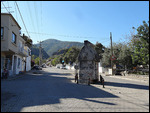
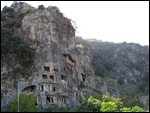
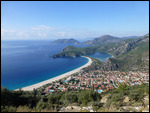
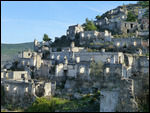
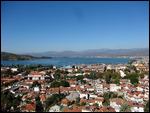


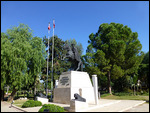
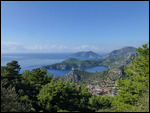
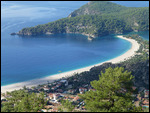

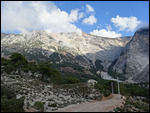
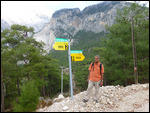
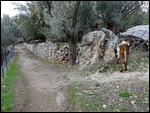



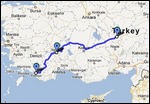
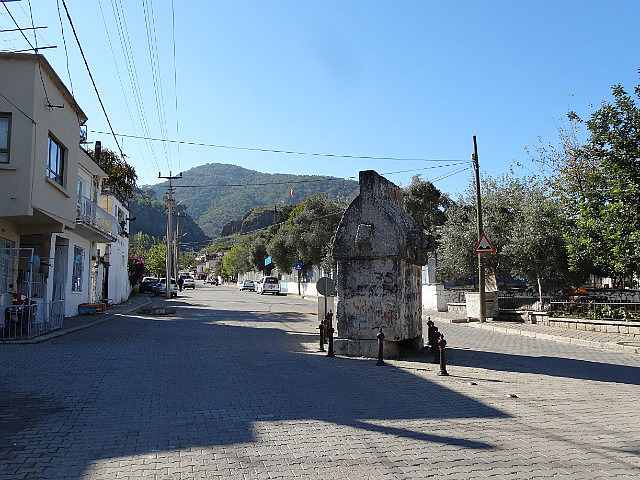
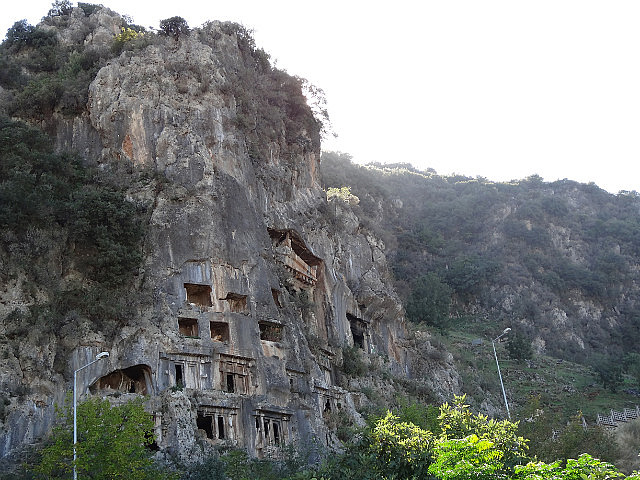
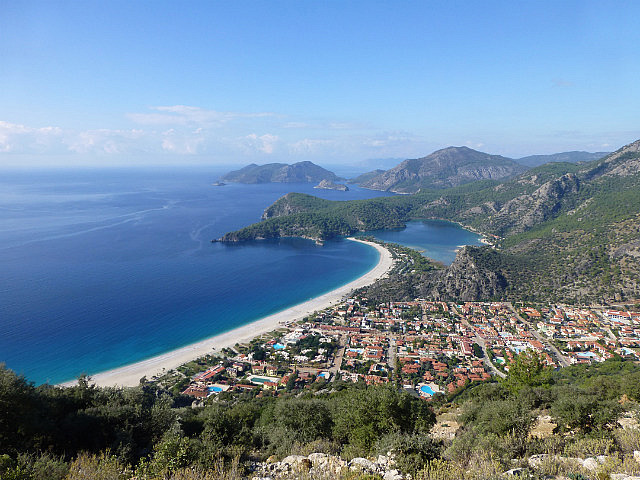
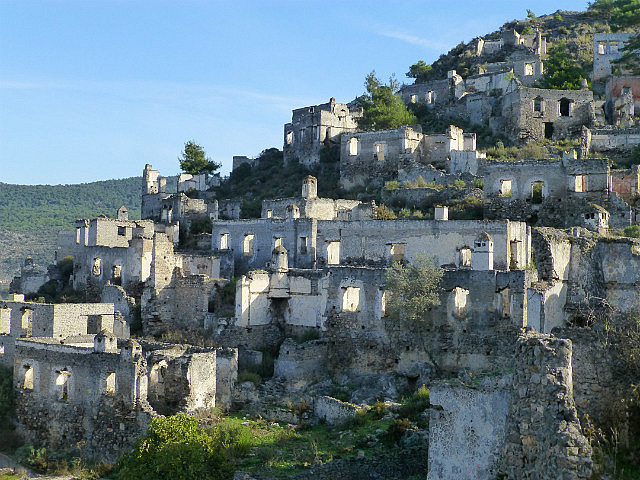
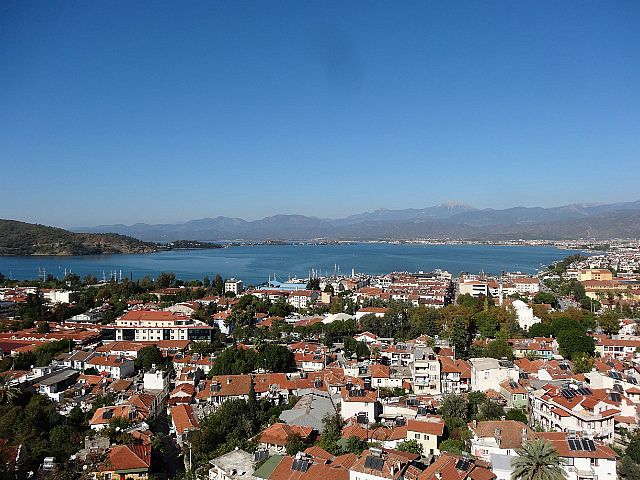
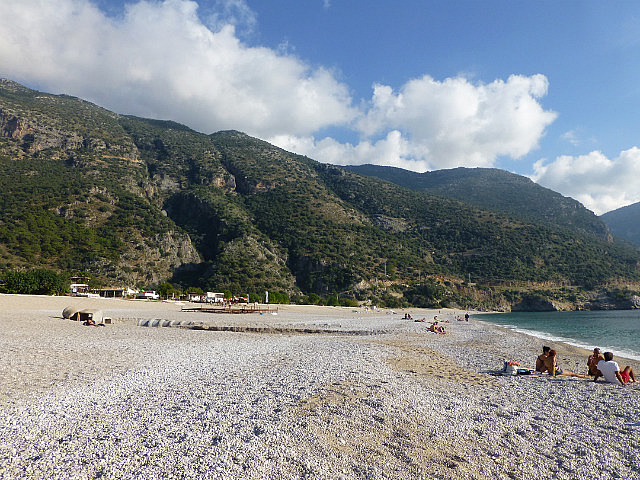
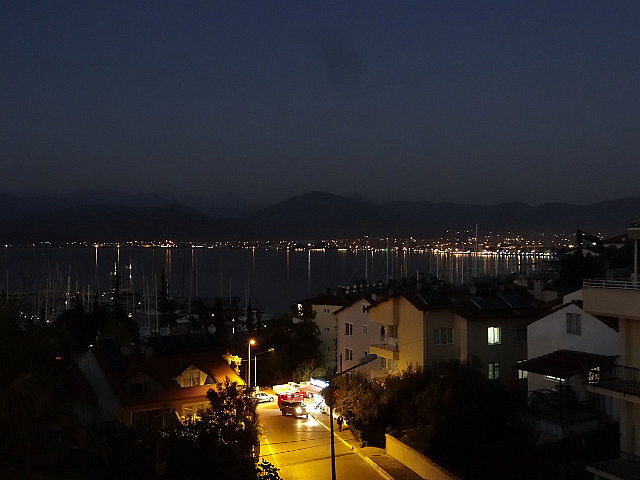
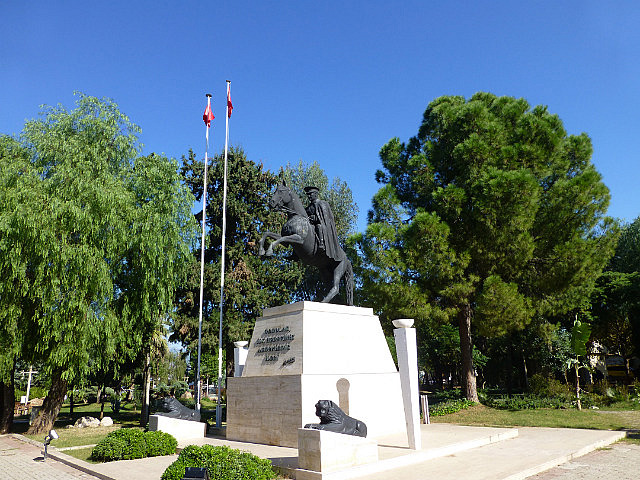

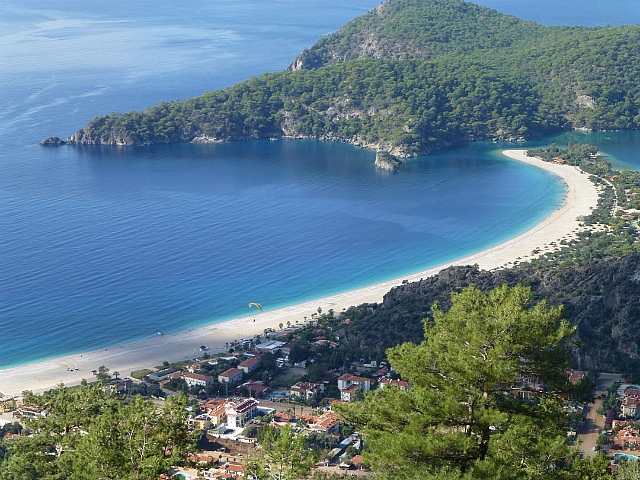
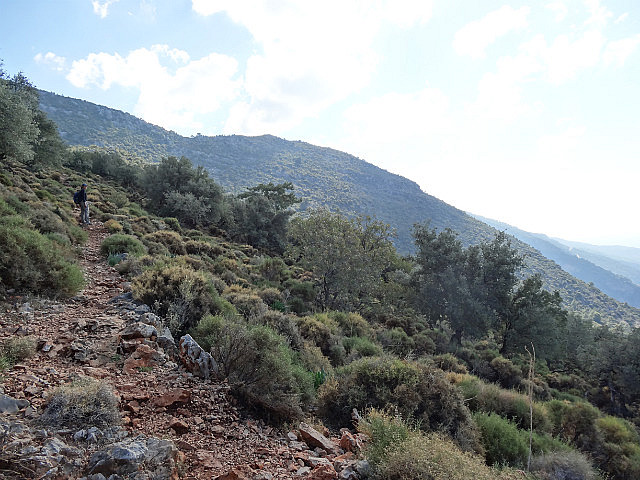
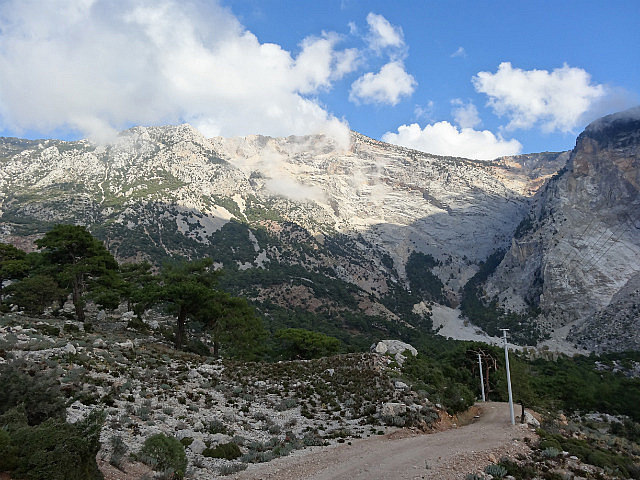


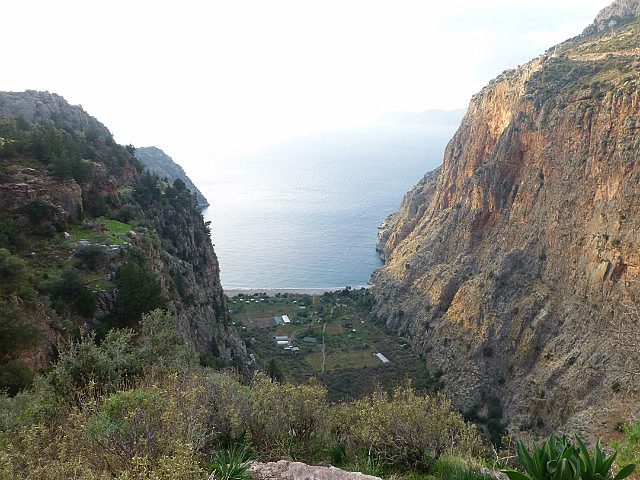

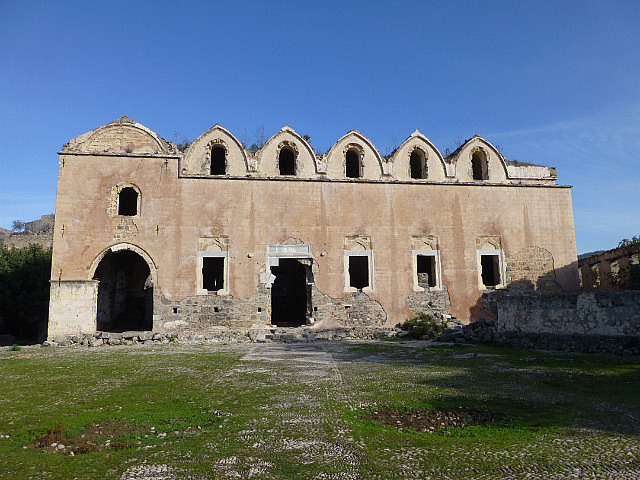

Comments